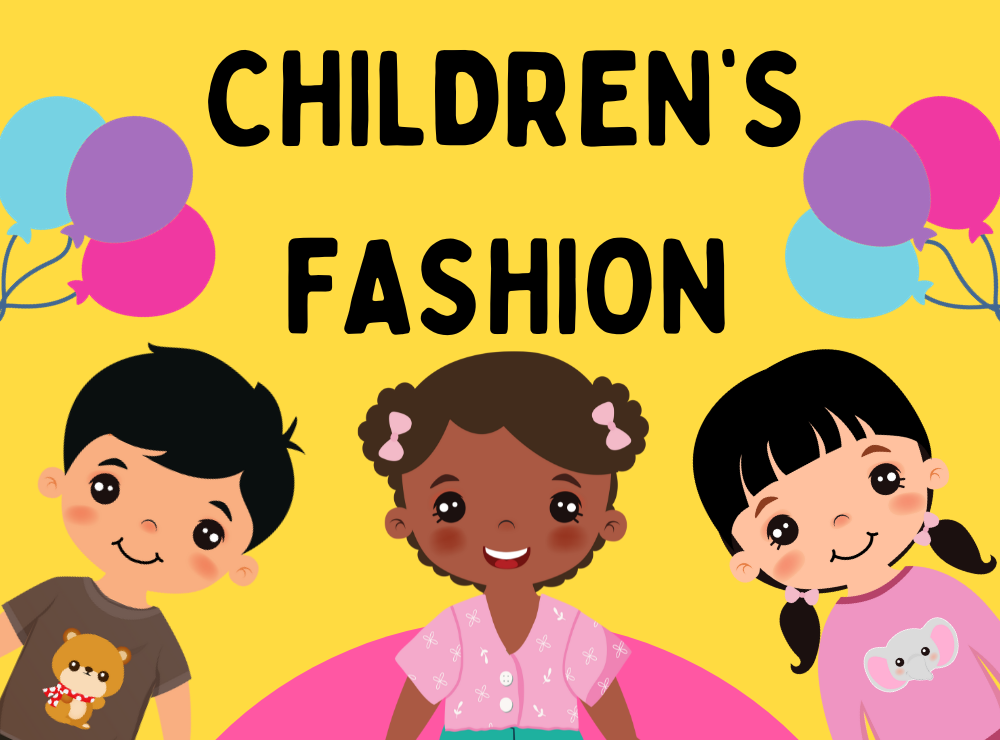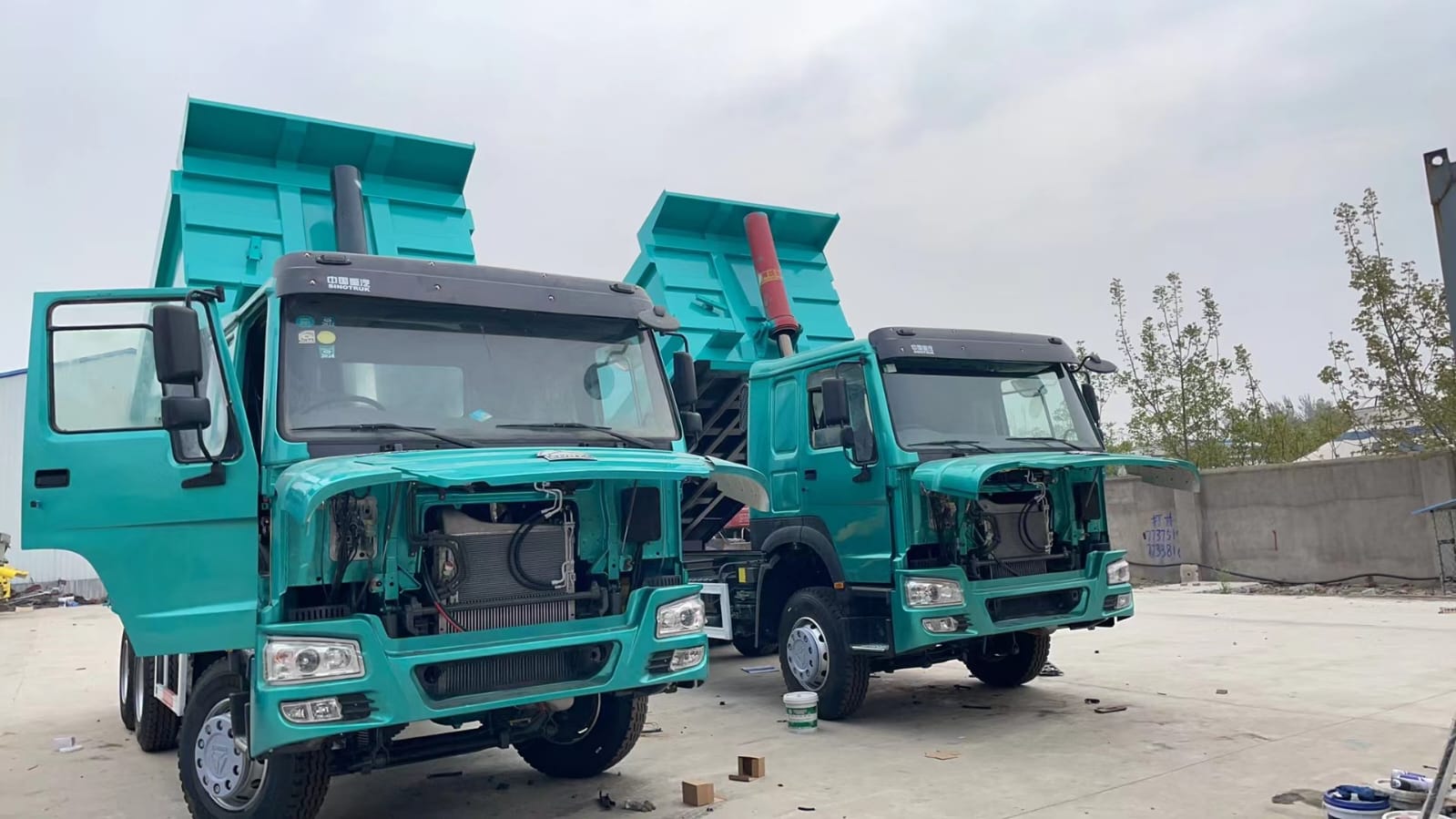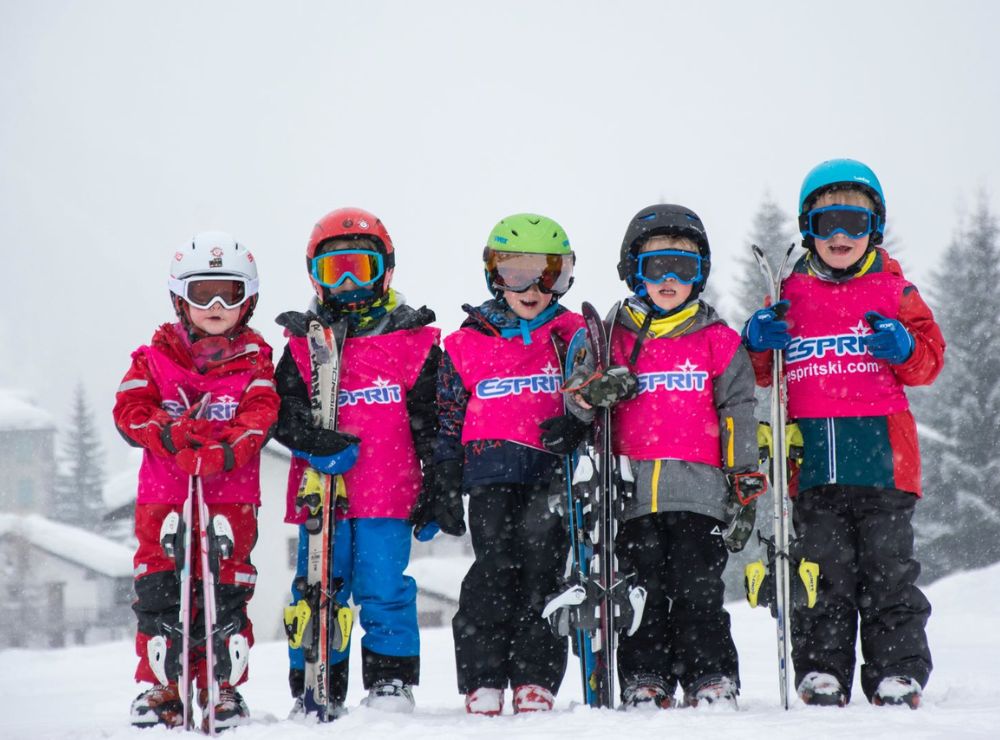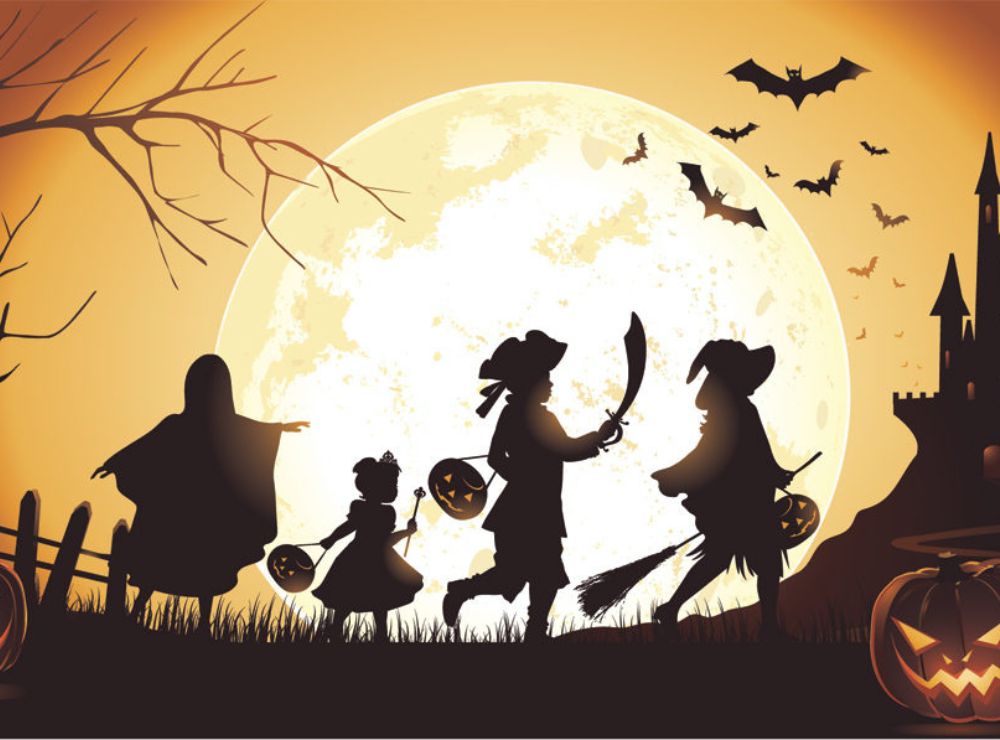1. Age Groups: Children's fashion encompasses a wide range of age groups, from newborns and infants to teenagers. Each age group has its own set of clothing and style preferences.
2. Baby Clothing: Baby clothing includes onesies, rompers, sleepers, bibs, and soft, comfortable garments designed for the needs of newborns and infants. These items are typically made from soft and breathable fabrics.
3. Toddler and Preschool Fashion: Toddlers and preschool-age children often wear a mix of playwear, casual clothing, and special occasion outfits. Comfort and ease of movement are important considerations in these age groups.
4. Kids' Fashion: As children grow, they develop their own style preferences. Kids' fashion includes a wide variety of clothing, including jeans, t-shirts, dresses, activewear, and outerwear. Many children's clothing brands offer playful and colorful designs.
5. School Uniforms: In many countries, school uniforms are a common part of children's fashion. These uniforms vary by school and often include specific garments like polo shirts, blouses, skirts, and slacks.
6. Teen Fashion: Teenagers have diverse style preferences, with fashion trends influenced by popular culture, music, social media, and celebrity fashion. Teen fashion includes a wide range of clothing items, from casual streetwear to formal attire.
7. Gender-Neutral Fashion: There is a growing trend toward gender-neutral and gender-inclusive children's fashion, which encourages freedom of expression and allows children to choose clothing based on their personal preferences rather than traditional gender norms.
8. Sustainable and Ethical Fashion: Sustainable and eco-friendly clothing options for children have gained popularity. Parents often seek out brands that prioritize organic materials, ethical manufacturing processes, and sustainable practices.
9. Special Occasion Wear: Children's fashion includes clothing for special occasions such as weddings, birthdays, religious ceremonies, and holidays. These outfits are often more formal and include dresses, suits, and accessories.
10. Play and Athletic Wear: Children's activewear is designed for play, sports, and physical activities. It includes items like sportswear, sneakers, and swimwear.
11. Accessories: Accessories like hats, scarves, belts, sunglasses, and jewelry can complement a child's outfit and add a personal touch to their style.
12. Fast Fashion vs. Quality: Parents and caregivers often face choices between fast fashion (inexpensive, trend-focused clothing) and high-quality, durable garments that can be passed down or resold.
13. Online Shopping: The convenience of online shopping has made it easier for parents to find a wide variety of children's clothing options and styles. Many children's fashion brands operate e-commerce websites and offer delivery services.
14. Parental Influence: Parents and caregivers play a significant role in selecting and purchasing children's clothing. They consider factors such as comfort, affordability, and the child's preferences when making fashion choices.
Children's fashion is a dynamic and ever-evolving industry that reflects cultural shifts, societal changes, and the evolving tastes and preferences of young individuals. It encompasses a wide array of styles and options, allowing children to express themselves and feel comfortable in their clothing choices.

















